Read this article to find out how to sync Google Chrome bookmarks and history between your computer and mobile devices on Android or iOS.
Introduction
With a single account, you can access most «Google» services such as «Google Ads», «Gmail» and «YouTube», and having created an account in only one of these, you can start using all others as well.
In the newly created «Google» account, you can store all kinds of information and use it as you think fit on desktop computers and laptops, mobile devices, communicators and camera phones – on condition that the disk space of all these gadgets is combined on a single platform.
One of the tools to provide access to «Internet resources» and the one to work with all devices is the bookmarks panel in «Google Chrome» browser which contains all user-saved websites – and this list is the same for all devices.
If the scope of data you are going to use is much wider and includes other information in addition to the bookmarks, you can use synchronization to to combine the data into a single database that can be accesses both from desktop and mobile computing devices.
In this article, we will show in detail how to quickly enable, add or disable bookmarks in «Google Chrome», and how so synchronize them with other data (such as browsing history, passwords, autofill data etc) between various computing devices running popular operating systems («Windows», «Android» and «iOS»).
YouTube:
How to Display, Configure and Hide Bookmarks in «Google Chrome»
People use the «Internet» all the time for a variety of purposes, from simple search queries to transferring important information and remote management of critical projects. In addition to looking for answers to their questions and solving specific tasks, people regularly visit certain «web resources» directly related to their professional, business or other interests, or those used for communication and entertainment. In most cases, the group of the websites often visited is the same, so users can save addresses of such resources to bookmarks to save their time and improve user experience as they can jump to a specific resource very quickly.
Turning on bookmarks in «Google Chrome» is quite easy – just follow the few steps below. «Google Chrome» interface is very minimalistic so it doesn’t distract user’s attention from what is shown in the current tab, and that is why most bookmarks are hidden by default. However, the bookmark panel is not going to clutter the «Google Chrome» page while it can improve the convenience of use greatly, especially if there are so many websites bookmarked by the user.
Open «Google Chrome» and look in the upper right corner of the screen, click the «Customize and control Google Chrome» button with three vertical dots on it.
In the context menu that appears, put the cursor on the «Bookmarks» line and wait until the menu shows up: select «Show bookmarks bar». Otherwise, make the bar visible by using the keyboard shortcut «Ctrl + Shift + B» (in «Windows») or «Command + Shift + B» (in «MacOS»).
The bookmarks bar will be displayed right under the address bar and show all saved webpages.
However, if you don’t want to see the bookmarks bar while browsing, you can disable it by following the same steps but in the reverse order. Either form the settings menu or with a keyboard shortcut, make «Google Chrome» look minimalistic again.
«Google Chrome» settings enable you not only to create new bookmarks but also import previously saved bookmarks from other web browsers, in various formats. Go to the «Bookmarks» section in the «Google Chrome» settings menu and select «Import bookmarks and settings».
In the new page you will be suggested to import bookmarks both from default browsers within the «Windows» operating system («Microsoft Edge» and «Microsoft Internet Explorer»), and from an «HTML file», previously created in any other browser. Click on «Choose file» and browse for the bookmarks file to be imported.
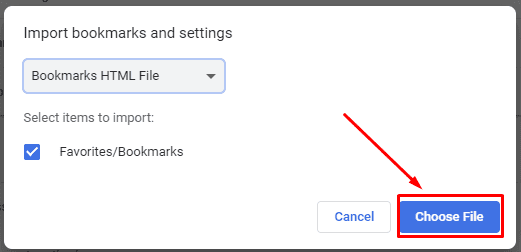
Now bookmarks and user settings are accessible in «Google Chrome».
How to Sync Bookmarks Between a Personal Computer, «Android» and «iOS» Devices
How to Turn Synchronization On or Off in «Google Chrome»
Using the single «Google Chrome» account you can save your data and access it from any computing device. The main requirement is to enable synchronization.
It is difficult to overestimate the advantages of using this mode as with synchronization you are in for some real-life benefits:
- All synchronized user data including bookmarks, passwords, browsing history and other information will be available on all devices and users will be able to update this information from any device.
- Automatic sign-in to «Google» services such as «Search», «Gmail», «YouTube», «Google Drive», «Google Photos» becomes possible.
- When switching to another computing device (desktop or mobile) user data becomes available as soon as you sign in to your «Google» account.
- If you enable browsing history and search history, information on all actions in «Google Chrome» will be saved and used by «Google» to personalize its services. This is how you can enable synchronization for computing devices running different operating systems.
Personal Computers
To enable synchronization in «Google Chrome», you need to have a valid «Google» account.
On your computer, open «Google Chrome», and in the upper right corner on the screen next to the address bar, click on the «current user».
You will be suggested to turn on synchronization by clicking on the corresponding button.
To start, you only need to sign in to your account. Type the phone number or email address that you used to create the account, and click «Next».
Now enter the password to confirm sign-in to your account and click «Next» again.
In the end, «Google Chrome» will show a pop-up window «Turn on sync», where you need to click «Yes, I’m in» to finally enable synchronization.
If you ever need to disable synchronization, you can still see your bookmarks, browsing history, payment methods and other data on your computer. However, if you make any changes, these won’t be saved to your «Google» account, and won’t be synched with other connected devices either. If you turn syncing off it also means signing out from other «Google» services such as «Gmail» or «Photos».
To turn syncing off, open «Google Chrome» again and click on «Customize and control Google Chrome» button next to the address bar and looking like three vertical dots. Select «Settings» from the context menu that appears.
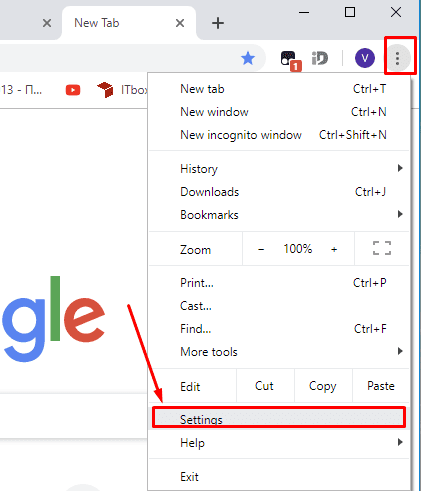
In this page, find the tab «People» and click on «Turn off».
Confirm your decision to disable syncing by clicking on «Turn off» again in the pop-up notification, and synchronization will stop.



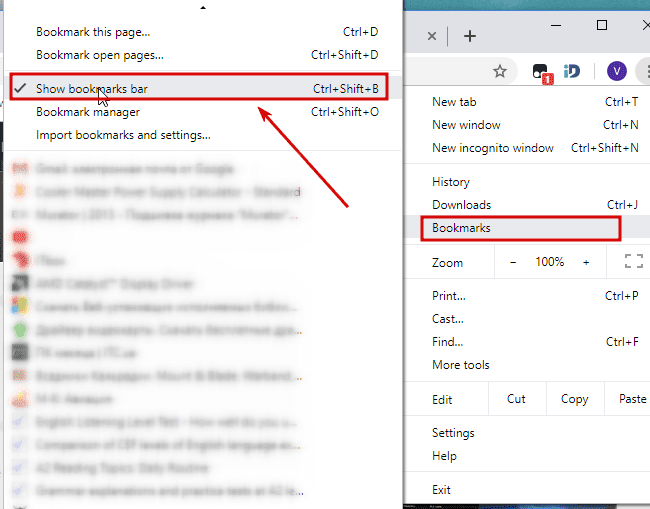
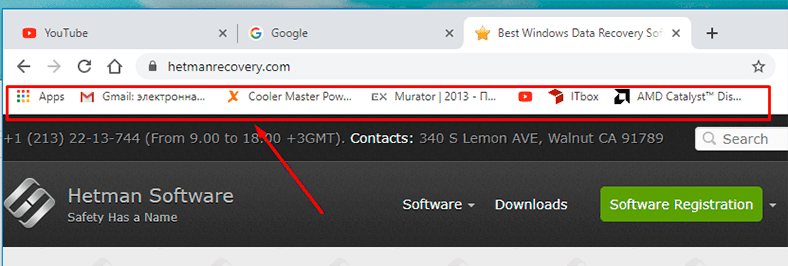

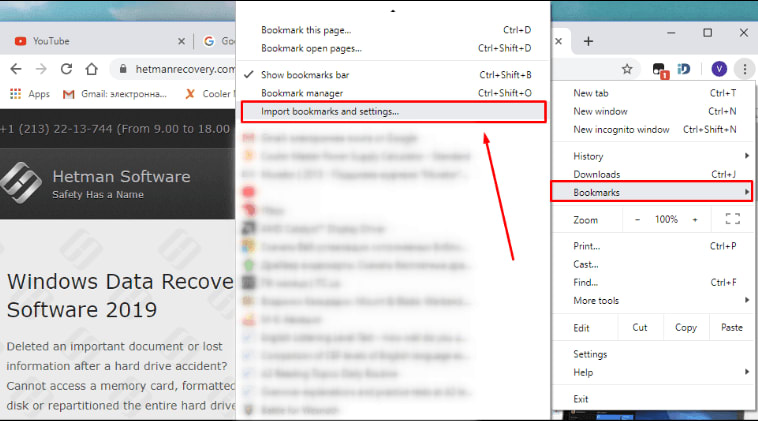

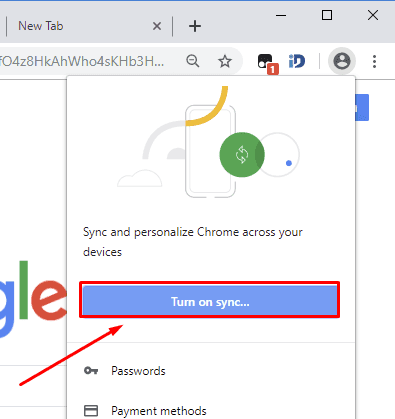
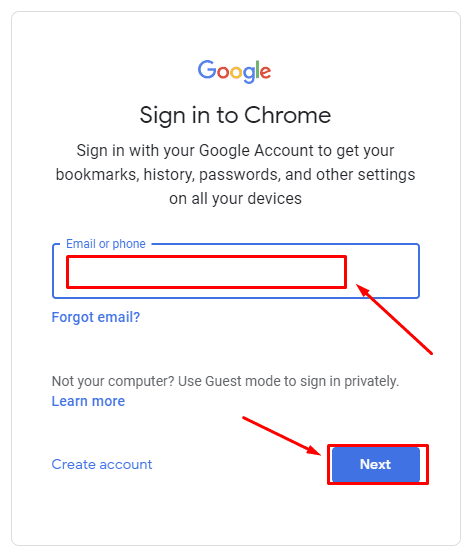
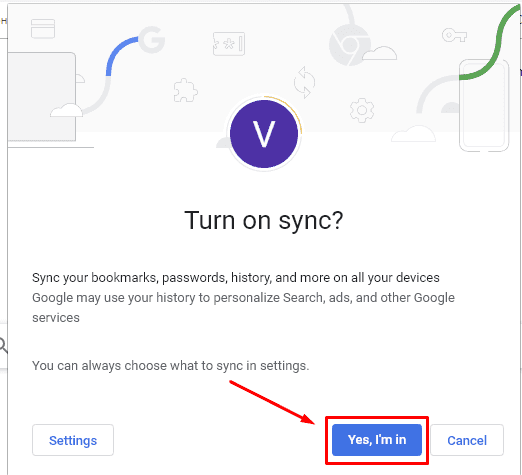






Top comments (0)